The compact crossover segment is now one of the most strategically important in the whole car market.
It has grown steadily over the past decade as other more traditional segments have contracted and as a great many customers have realised that a big, high-rise supermini has all of the space and versatility they really need, bound up in a compact and affordable package. Some offer a good deal more comfort, convenience and design appeal than a traditional family hatchback, too.
The relative youth of the class might help to explain why it hasn’t been populated by very many cars that a keen driver would seek out – that and the fact that developing a high-riding car at a pretty modest price using pretty basic technology and making it interesting to drive is something of a challenge. Even so, some of the very latest comers to the scene show signs that might be about to change.
These are the 10 best compact crossovers money can buy, then, should you find yourself in the market. And right now, plenty of people are.
1. Volkswagen T-Cross
Volkswagen has watched and waited as its rivals have rushed to cash in on the popularity of cars like this – and the firm’s first compact crossover, the T-Cross, feels very much like the sort of car that has been judged and executed with care.
Sitting right in the middle of the class on size and price, the T-Cross rises higher than some of its rivals and has more SUV-typical styling than others.
The engine range consists of a pair of 1.0-litre turbocharged three-pot petrols and a 1.5-litre turbo four-pot with 148bhp. We’ve driven both 94bhp and 113bhp tunes of the 1.0-litre TSI, and while the 113bhp model is a little bit faster and more drivable (thanks in no small part to having an extra cog in its manual gearbox than the 94bhp model), neither version feels slow. Refinement is good, economy likewise (both cars are well capable of 50mpg on a longer out-of-town trip) and ride and handling are nicely resolved, with a sense of pragmatic compliance and low-speed cushioning to the ride that should endear the car to owners.
Practicality is very good for such a compact car, a standard-fit sliding rear bench adding versatility when you need to carry bulkier items. So overall, while perceived cabin quality isn’t quite as good as you might expect from Volkswagen, the T-Cross is easily good enough to be our class-leading recommendation.
Save money with new T-Cross deals from What Car?

2. Ford Puma
Ford was slow to hop into the warm and inviting water of the compact crossover class, having initially ventured only the disappointing Ecosport (which didn’t make much of a dent, for reasons that will have been apparent to anyone who drove one). The Puma has increased the temperature of that water, though, bringing plenty of the driver appeal for which its maker is known to a part of the market that badly needed some.

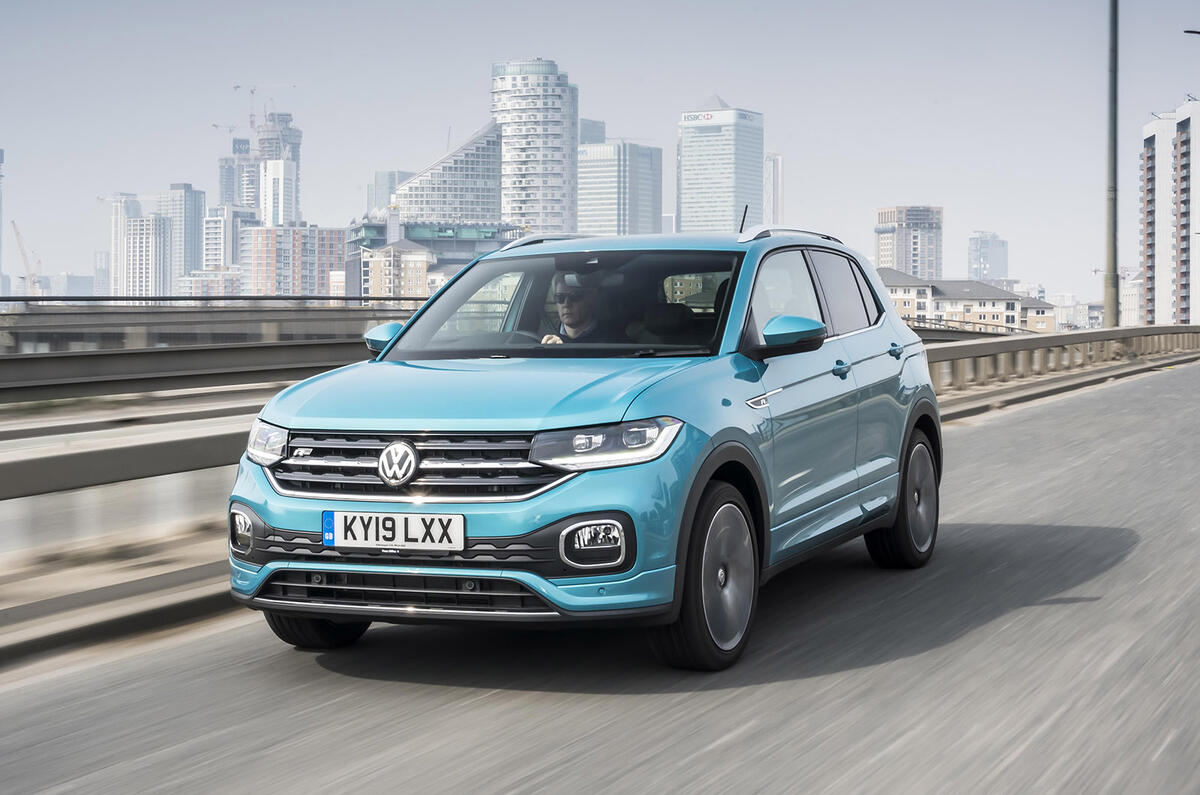
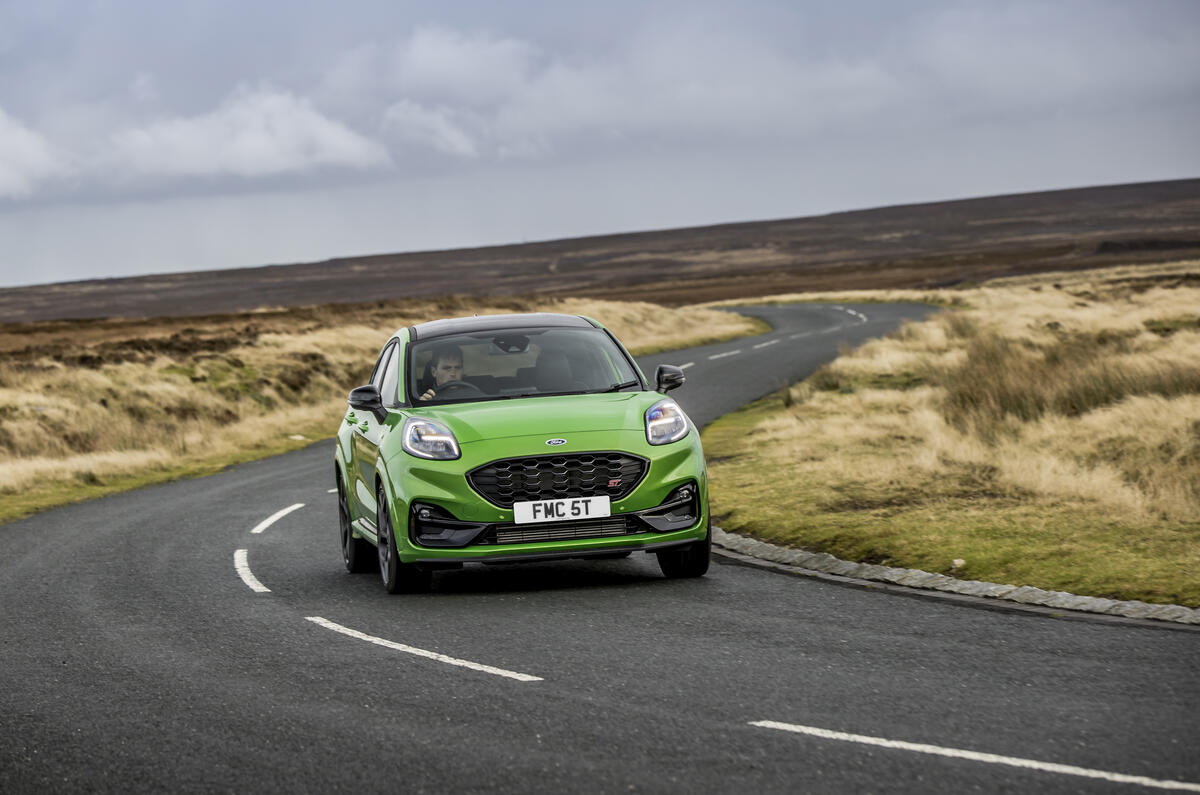
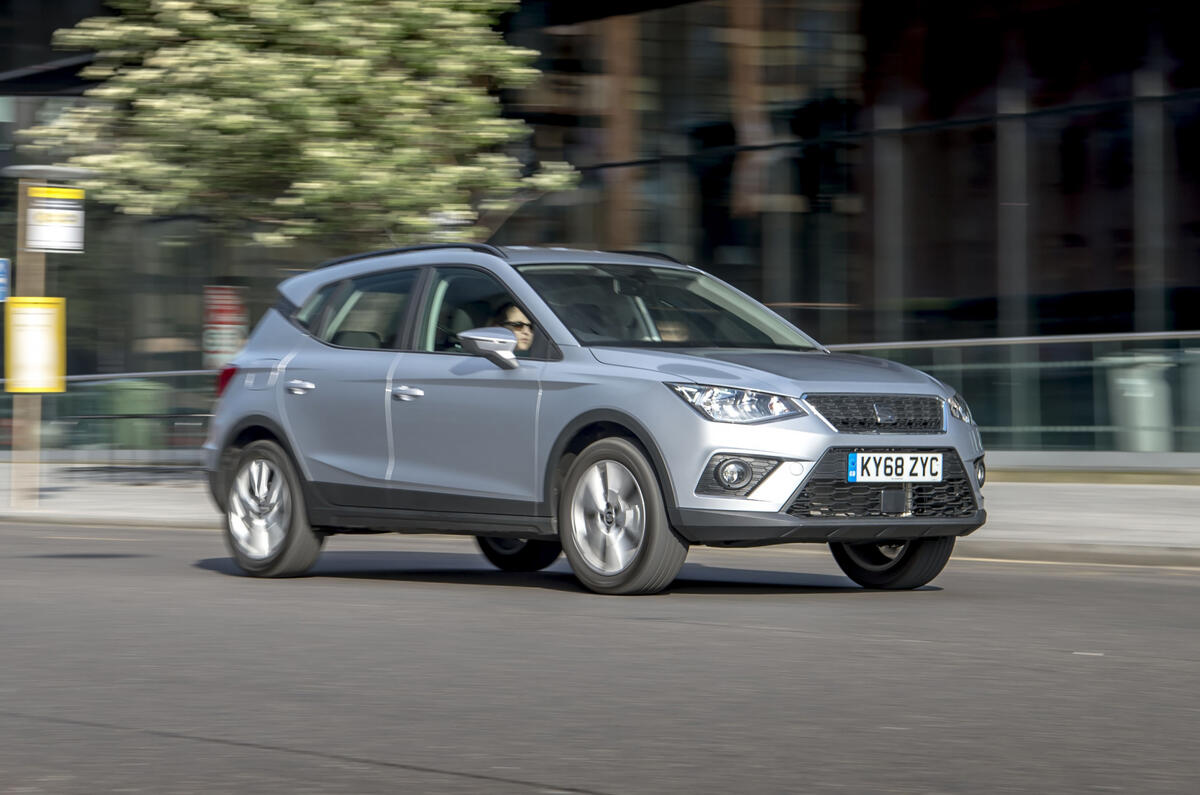

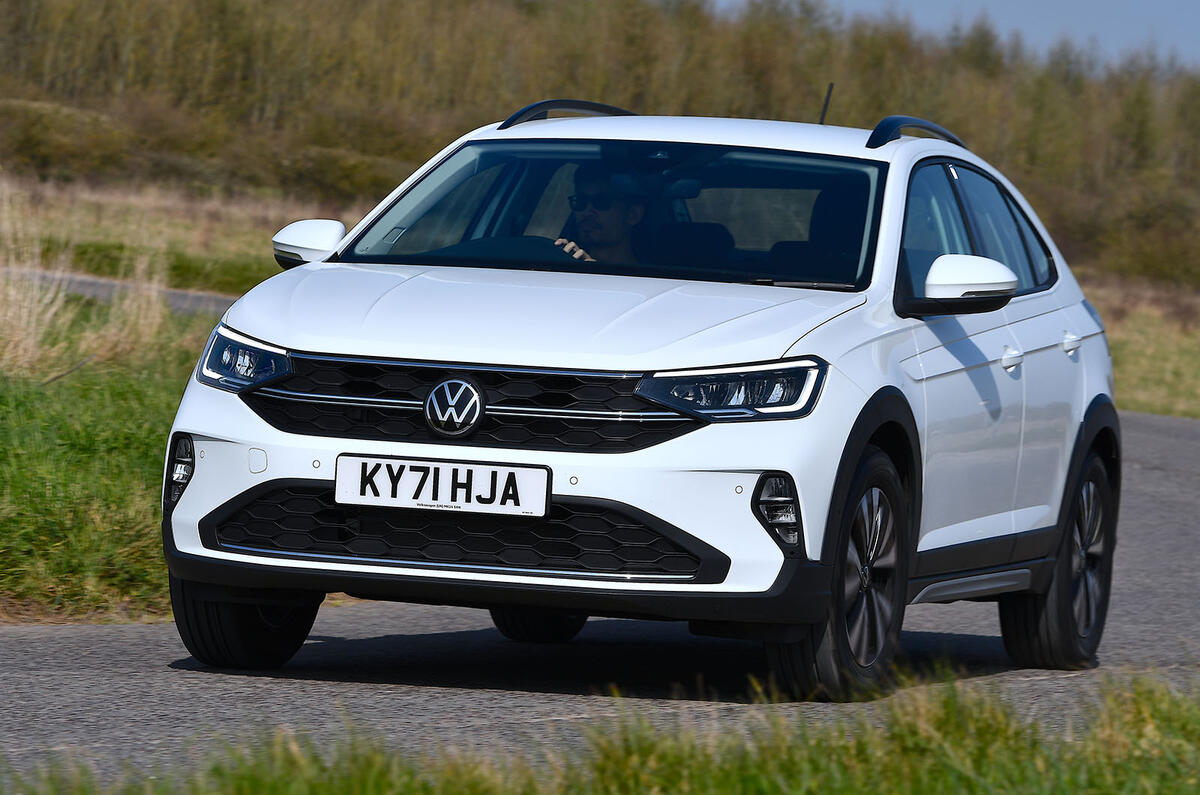
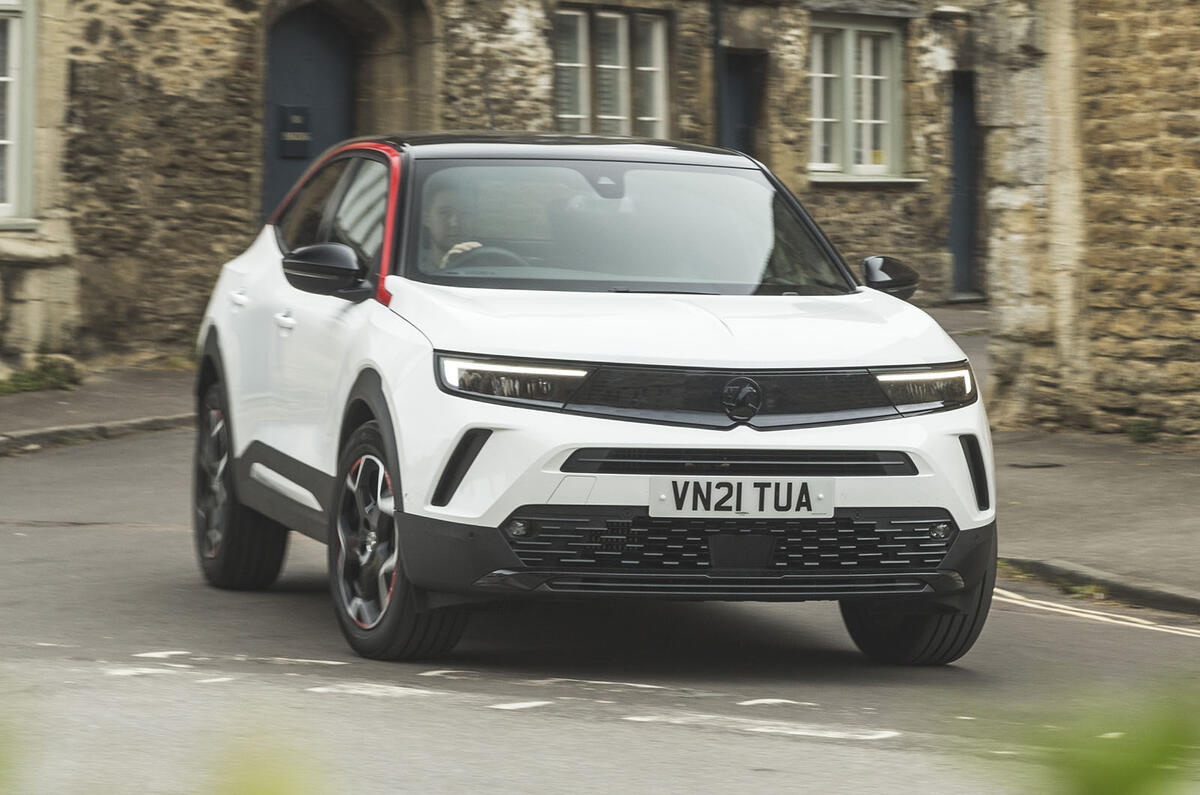















Add your comment